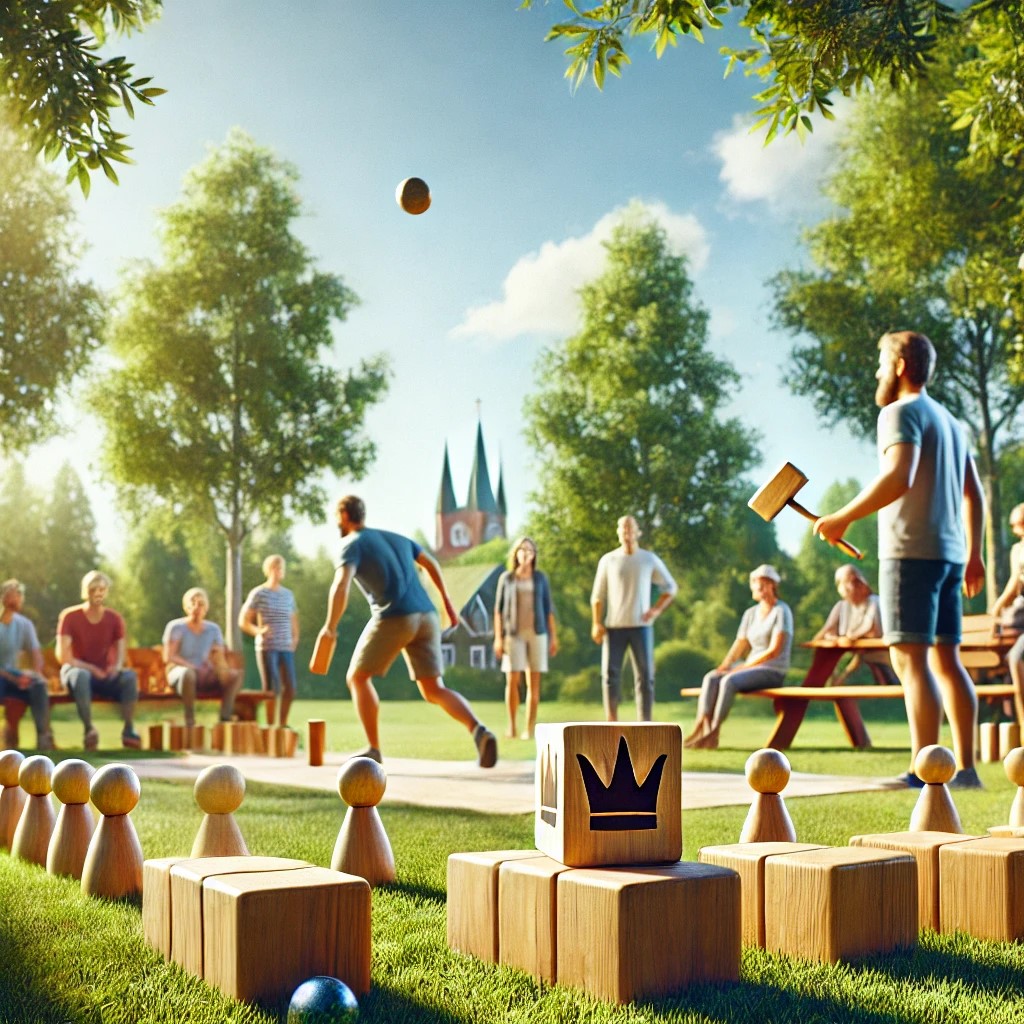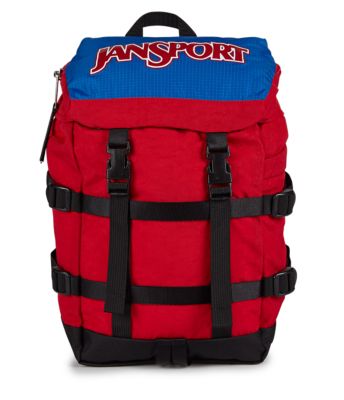
Discovering the World of Kubb: A Fascinating Blend of Skill and Tradition
Kubb is a captivating outdoor game that combines strategy, precision, and social interaction. Often referred to as “Viking chess,” this unique sport has captured the attention of players around the globe. With its rich history, growing popularity, and dynamic gameplay, Kubb continues to inspire a sense of community and friendly competition. In this blog, we will explore the sport’s origins, its global reach, and its role in amateur and professional settings. Additionally, we’ll delve into the rules and social significance that make Kubb such a cherished activity.
Origins and History
The origins of Kubb trace back to Scandinavia, specifically Sweden. The exact timeline is unclear, but many believe the game dates to the Viking Age. Legends suggest that the game’s components were originally made from bones or wood, used by Vikings to settle disputes or for entertainment. Although these claims remain unverified, they add a layer of mystique to Kubb’s story.
The modern version of Kubb began to take shape in the early 20th century. Swedish communities started using wooden blocks and batons, codifying a set of rules to make the game more accessible. By the 1990s, the sport gained formal recognition. The island of Gotland, Sweden, became a hub for Kubb enthusiasts, hosting some of the earliest tournaments. This period also saw the introduction of standardized equipment, ensuring fair play and consistency.
Growing Popularity Worldwide
Kubb’s charm lies in its simplicity and adaptability, making it popular in various cultures. Initially confined to Scandinavian countries, the sport began spreading across Europe in the late 20th century. It gained traction in Germany, France, and the United Kingdom, where local clubs and communities embraced it wholeheartedly.
In North America, Kubb’s popularity surged during the 2000s. Immigrants from Scandinavian countries introduced the game to their new communities. Soon after, enthusiasts began forming leagues and organizing tournaments. Today, the United States Kubb Championship in Eau Claire, Wisconsin, is one of the most prestigious events outside Sweden.
Kubb has also found fans in Australia, New Zealand, and Japan. Its global appeal stems from the ease of setup and the fact that it requires minimal equipment. People can play Kubb on beaches, in parks, or even in backyards, making it a versatile pastime for all ages.
Kubb in Amateur Settings: Youth and Schools
Amateur Kubb thrives in schools, youth clubs, and family gatherings. Educators often use the game to teach teamwork, hand-eye coordination, and strategic thinking. Many schools in Scandinavia include Kubb as part of their physical education curriculum. The sport’s non-contact nature and straightforward rules make it particularly appealing for younger participants.
Youth leagues are becoming increasingly common in Europe and North America. These leagues foster a sense of community while promoting physical activity. Additionally, summer camps and community centers frequently organize Kubb sessions to engage children in outdoor play. Such initiatives help nurture a new generation of Kubb enthusiasts, ensuring the sport’s longevity.
Professional Kubb Leagues and Tournaments
Kubb has evolved beyond casual play, with professional leagues and tournaments emerging worldwide. Sweden remains the epicenter of professional Kubb, hosting the World Championship annually in Gotland. This event attracts teams from various countries, showcasing elite skill levels and innovative strategies.
In the United States, the National Kubb Championship is a major highlight. Organized by dedicated enthusiasts, it features competitive matches and a vibrant atmosphere. Germany, too, has a strong professional scene, with numerous regional tournaments leading to national championships.
Professional Kubb leagues emphasize inclusivity, allowing players of different skill levels to participate. These events often feature categories for beginners, amateurs, and seasoned professionals. Such structures ensure that the sport remains welcoming while maintaining a competitive edge.
Political and Social Significance
Kubb’s appeal extends beyond recreation. It holds cultural significance in Sweden and other Nordic countries, symbolizing tradition and community spirit. Playing Kubb often becomes a focal point during festivals, family reunions, and social gatherings.
In some contexts, Kubb serves as a diplomatic tool. Community organizations use the game to bridge cultural divides and foster dialogue. Its non-aggressive nature and cooperative elements make it ideal for promoting understanding and camaraderie. For instance, international Kubb tournaments bring together players from diverse backgrounds, emphasizing unity over rivalry.
Moreover, Kubb encourages outdoor activity and social interaction in an increasingly digital age. It provides an opportunity to disconnect from screens and connect with others in a meaningful way. This aspect of the sport has gained importance, especially in recent years, as communities seek ways to combat social isolation.
The Rules of Kubb
Kubb’s rules are simple yet allow for strategic depth. The game is played on a rectangular field, usually 5 meters by 8 meters. The playing area features a “baseline” on each short side, with five wooden blocks (“kubbs”) arranged along these lines. A larger wooden block, known as the “King,” stands in the center of the field.
Objective
The primary goal is to knock over all the opposing team’s baseline kubbs before toppling the King. Knocking over the King prematurely results in an automatic loss.
Setup and Equipment
A standard Kubb set includes:
- 10 kubbs
- 1 King
- 6 batons (used to knock down the kubbs)
- Boundary markers
Players divide into two teams, with each team taking positions behind their baseline. Teams typically consist of 2-6 players, but larger groups can participate by rotating turns.
Gameplay
- Opening Phase: The starting team throws batons from behind their baseline, aiming to topple the opposing team’s kubbs.
- Field Kubbs: Any toppled kubbs are tossed into the opposing team’s half of the field. These kubbs, now called “field kubbs,” must be knocked over before attacking the baseline kubbs again.
- Attacking the King: Once a team has cleared all baseline and field kubbs, they can target the King. The first team to topple the King wins.
Rules and Etiquette
Players must throw batons underhand and with a straight arm. Each player is allowed one throw per turn, rotating within their team. Precision and strategy are crucial, as misplaced kubbs can disadvantage the opposing team.
Good sportsmanship is emphasized in Kubb. Players are encouraged to celebrate successes and acknowledge their opponents’ efforts. These values contribute to the sport’s friendly and inclusive atmosphere.
Conclusion
Kubb is more than just a game; it is a celebration of culture, strategy, and connection. From its Viking roots to its modern global presence, the sport continues to unite people across generations and borders. Whether played casually in a park or competitively in a tournament, Kubb offers a unique blend of challenge and enjoyment. Its growing popularity ensures that it will remain a beloved pastime for years to come. By engaging in Kubb, individuals not only hone their skills but also strengthen their bonds with others, making it a truly timeless sport.





